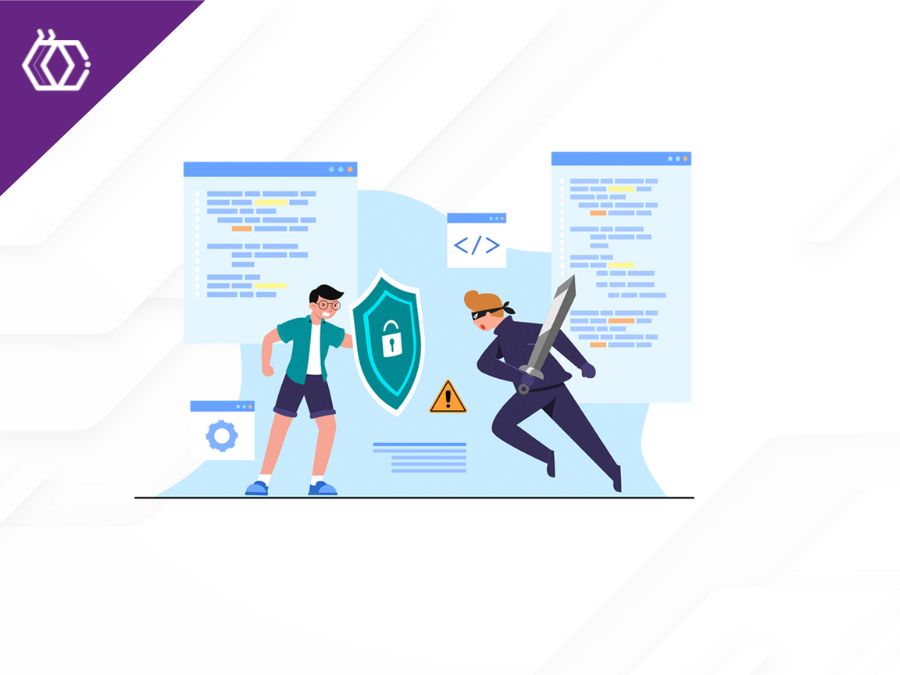

Defensive Programming
(6 minutes of reading) In the world of programming, security is a constant and pressing concern. As technologies advance, cyber threats become more sophisticated, demanding a proactive approach to protecting applications against malicious attacks. In this scenario, defensive programming emerges as an essential shield, strengthening application defenses against intrusions and vulnerabilities. Defensive programming consists of writing robust code that is resistant to flaws and vulnerabilities, and that can effectively deal with unexpected and potentially malicious input. Instead of blindly trusting the integrity of data provided by users or the correct functioning of external components, developers adopt a proactive mindset, anticipating possible failure scenarios and implementing appropriate security measures. A classic example of defensive programming is data input validation. When a user interacts with an application, whether filling out a form or sending commands through an API, it is essential to ensure that the data provided is valid and secure. This can include checking formats, size limits, and special characters, as well as implementing techniques such as input filtering and type validation. Another important example is the prevention of code injection attacks, such as SQL Injection and XSS (Cross-Site Scripting). These attacks exploit flaws in the way data is handled and processed by the application, allowing an attacker to execute malicious commands or inject harmful scripts. To avoid these vulnerabilities, developers must use parameterized database queries and escape special characters in HTML output, thus ensuring data security and integrity. Defensive programming also involves implementing secure coding practices, such as using reliable libraries and frameworks, applying least- privileg and constant updating and patching of software to correct known vulnerabilities. Vulnerability and patch management in defensive programming is a fundamental aspect of security. An application that is not constantly updated is susceptible to exploiting known vulnerabilities, exposing itself to unnecessary risks. Therefore, a defensive approach involves regular application maintenance, applying security patches, and continuously monitoring for emerging threats. To further illustrate the importance of defensive programming, consider the growing number of interconnected IoT devices. Without adequate protections, these devices can be exploited by hackers to launch large-scale attacks, compromising digital infrastructure and data security. However, with a defensive approach from the design and implementation phase, developers can build more resilient devices by incorporating security mechanisms such as strong authentication, remote firmware updates, and network isolation. Defensive programming is essential to ensure the security and reliability of applications in an increasingly complex and interconnected digital environment. By adopting a proactive stance and implementing security measures at all layers of software development, developers can build more robust applications, protecting user data and preserving the integrity of the digital ecosystem. To achieve a higher level of security, developers must also consider the importance of cybersecurity education and awareness. This involves training development teams to recognize and mitigate potential vulnerabilities early in the development cycle. Additionally, performing regular penetration tests and security audits can help identify and fix potential security holes before they become a real problem. Another crucial aspect of defensive programming is adopting secure coding practices from the beginning of the development process. This includes following secure design principles, such as the principle of least privilege, which limits access to a system to only the minimum necessary to perform its functions. Implementing strict access control and strict data entry validation can help prevent a wide range of cyberattacks. In addition to protecting against external attacks, defensive programming is also concerned with detecting and responding to security incidents. This involves implementing robust security monitoring systems, which can alert administrators to suspicious activity and help investigate and respond to potential security breaches. Having a well-defined incident response plan is essential to minimize damage in the event of a security breach. It is important to highlight that defensive programming is not a static process, but rather a continuous and evolutionary effort. As new threats emerge and technologies evolve, developers must constantly update and improve their security practices to keep their applications protected against the latest cyber threats. Only through a comprehensive and proactive approach to information security can we guarantee the integrity and confidentiality of data in an increasingly interconnected digital world.
Share this article on your social networks:
Rate this article:
[yasr_visitor_votes size=”medium”]



